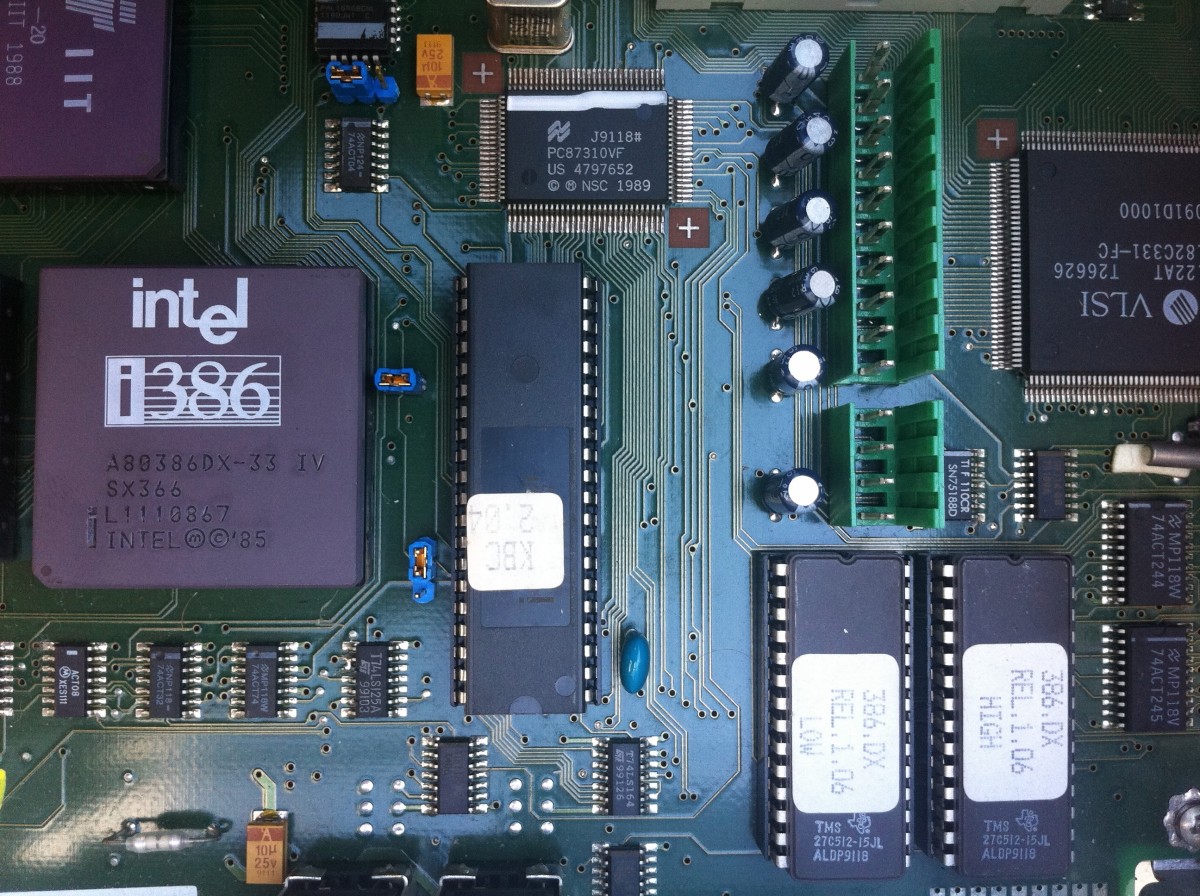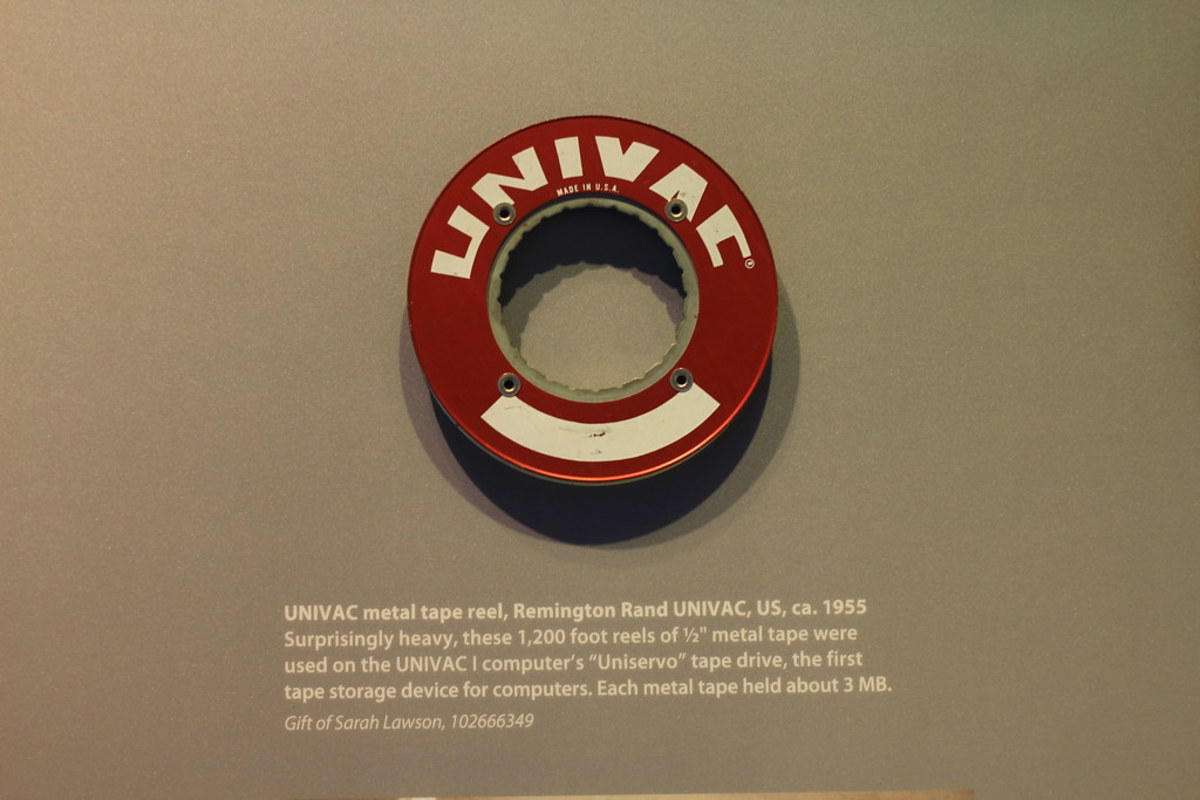30 Years of Seminal Apple All-in-one's
Computer Pioneers
Apple pioneered the all-in-one computer for mass consumer adoption, which has culminated in their new line of iMacs, thirty years after the computer maker released the original Macintosh.
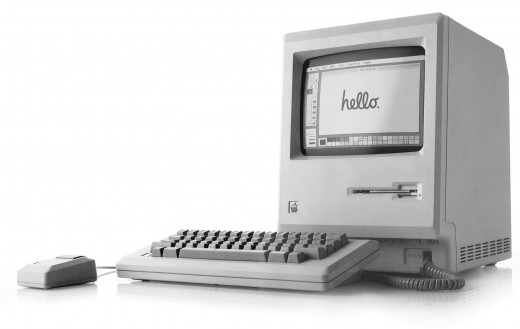
Apple Computers Most Fun, Easy to Use
The Macintosh 128K made computers fun and easy to use because it included a graphical user interface and a mouse. This was a huge step for personal computing. Prior to the Mac, computers were not so friendly. Many people found them difficult to use. The beautiful "face" of the original Mac changed all that when Steve Jobs introduced it on January 24th, 1984 at his first of many keynote speeches for Apple.
The Mac was not an instant hit though, it was released with only two applications and was dismissed by many as a "toy." Developing for the Mac was hard work and not all too popular at the time, but it was the desktop publishing industry that saved the computer maker in the second half of the 1980's.
Success rarely goes in a straight line up and to the right. In fact, Apple struggled with their business for almost twenty years until the introduction of the iMac, a much improved iteration of essentially the same technology. It was colorful, and radical, and finally dropped many of Apples annoying proprietary connectors, a move which made the machine very successful.
The Macintosh, January 1984
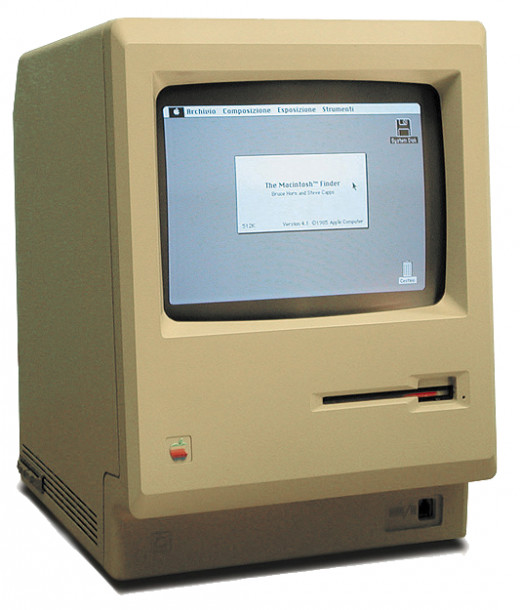
The All-In-One Computer
At a time when computer makers were experimenting with varying form factors, notably and unforgettably the "tower" and monitor setup, Apple stuck with their all-in-one machine.
The iMac was a seminal computer. It was new and hip, and incredibly well received because of the translucent blue case it featured. All other computers at the time were all dull, grey plastic. Apple was different. The Apple iMac had a personality.
Apple made a lot of money from this machine. It is often said that the proceeds from the iMac fueled the growth that has led to their massive market cap and cash hoard they enjoy today.
The iMac was important because it started the digital lifestyle revolution. The Macintosh 128K was important because it carved out the very folks who would support the initial sales of the iMac some fourteen years later.
Apple's Seminal All-in-one Machines
Product
| Year
| Price
|
|---|---|---|
Macintosh 128K
| January 24, 1984
| $2,495
|
iMac G3
| August 18, 1998
| $1,300
|
iMac G4
| January 7, 2002
| $1,300
|
iMac G5
| August 31, 2004
| $1,299
|
iMac (Aluminum)
| August 7, 2007
| $1,199
|
Updates Available
In the last thirty years, Apple consistently updated their machines, software, operating systems, and marketing practices. The cost of their computers stayed relatively consistent at a time when the cost of manufacturing computer components was going down.
Apple knew what the consumer could afford, which hasn't changed to this day.
Along with the appreciating beauty of Apple's hardware, their software also became more beautiful and elegant.
Never too late or too soon, and certainly never underpowered or lacking features, Apple reliably delivered new and fresh operating systems to the masses.
In addition to operating systems, Apple continually released fresh and simple software. They made sure that actions performed by the user were the same across all applications. This made using a computer an easier and more friendly experience.
Arguably more important than software written by Apple, was the environment Apple created over the years that encouraged developers to write software for their system. This has seamlessly translated to their other devices and has obviously proven very successful.
What's the Next All-in-one at Apple?
Although we are not expecting anything special for the 30th anniversary, the next all-in-one Apple delivers will probably be amazing.
Lighter, Thinner, brighter, faster – larger screen, smaller environmental footprint, etc.
Perhaps the frame will disappear and there will be only be retina screen and glass edge to edge.
Will the new iMac have a touchscreen? Will it have a kinect-like sensor?
Will the next iOS start to offer apps it thinks you'll use? One thing is for sure, it will be a very nice machine.
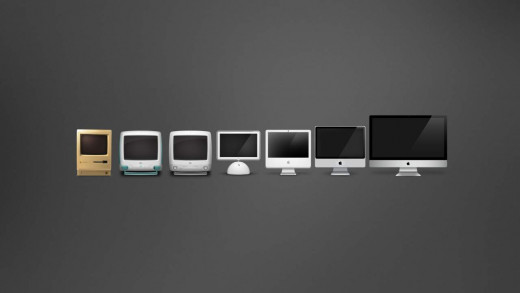
The New Apple Campus




